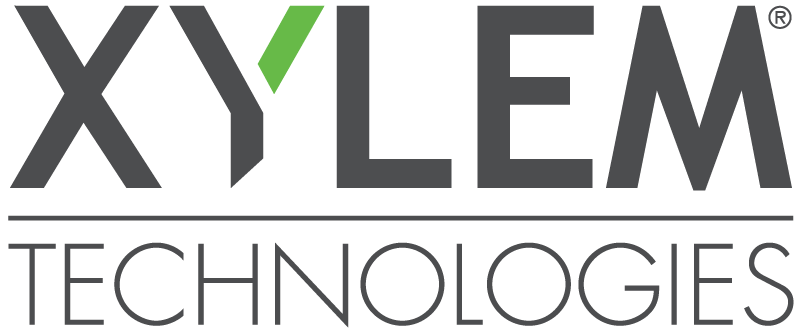Recent advances in SEMERGY: A semantically enriched optimization environment for performance-guided building design and refurbishment
The SEMERGY project explores the utility of semantic web technologies toward populating the required input data for performance based building design optimization. A major portion of the required information (e.g. material properties, climatic data and standards, etc.) exists on the internet in extensive, yet ill-structured form. To facilitate a structured access to this data for different calculation modules the following steps were taken: i) Development of a comprehensive building data model for the internal flow of information. ii) Creation of an ontology of linked building product data. iii) Development of a rule-based system to automatically identify valid construction alternatives for building components. iv) Development of an optimization procedure with multiple criteria (energy use, environmental impact, and investment costs). v) Creation of a web-based Graphical User Interface to enable entry of data and user interaction. The present contribution provides an overview of the progress made in the above mentioned domains.
From U. Pont,F Shayeganfar, N. Ghiassi, M. Taheri, C. Sustr, A. Mahdavi, J. Heurix, S. Fenz, A. Anjomshoaa, T. Neubauer, A. Tjoa: „Recent advances in SEMERGY: A semantically enriched optimization environment for performance-guided building design and refurbishment„; in:“Proceedings of the 2nd Central European Symposium on Building Physics 9-11 September 2013, Vienna, Austria„, A. Mahdavi, B. Martens (Hrg.);ÖKK-Editions, 1 (2013), ISBN: 978-3-85437-321-6; S. 19 – 26.
„Buildings are identified as major emitters of greenhouse gasses and are responsible for a large share of the global energy use. Efforts to reduce the energy demand of buildings include the tightening of building regulations toward higher thermal efficiency of building envelope, thermal retrofit of buildings, implementation of more effective building technologies for HVAC (Heating, Ventilation, Air- Conditioning), etc. Designers as well as clients find it increasingly difficult to cope with the complexity involved in generating high quality buildings. Paired with the common economic and time constraints of the AEC-field, planning and decision making becomes a major challenge for all stakeholders. The EU countries have implemented standard calculation methods for certification of buildings in view of their energy performance. A framework for different assessment methods was suggested in EN 13790 (ASI 2008), ranging from very simple steady- state calculation schemes to dynamic simulation. However, despite the availability of a wide range of performance assessment tools, performance computing has not been sufficiently integrated in the design process. The use of such tools is commonly limited to the final stages of the design process (Hensen et al. 2004), when the most crucial decisions concerning the future performance of the building are already made (Domeshek et al. 1994). One of the major barriers towards integration of such methods in the earlier design stages is the cumbersome and costly task of data accumulation and entry of the required information. These computational procedures require various detailed information on the building and its context. Such information includes buildings‘ geometry, building components‘ technical properties, occupants‘ presence and actions, micro-climatic data, internal conditions, building systems, etc. Conventional methods toward collecting such information are time-consuming and error-prone (Ghiassi et al. 2012, Maile et al. 2007). Although much of this required data is freely available on the World Wide Web, the use of this data is rendered difficult by a lack of structure and proper formatting. Moreover, performance guided decision making in building design is hampered by the complexity of the problem, a consequence of financial, environmental, technical, and legal factors. Identification of different design alternatives that are code compliant and are within the limits of the available technological and financial resources is no trivial task. Evaluation of these alternatives against various criteria (investment and operation costs, environmental foot print and energy performance), requires an extensive amount of time and expertise. Nonetheless, such a manual optimization attempt may prove inconclusive and fail to capture the full scope of the available potentials. Semi-automated optimization is, however, not commonly integrated in performance assessment tools and used mainly in advanced research projects. In this context, SEMERGY is an ongoing research and development project, intended to explore developmental opportunities toward effective optimization environments for comparative assessment of alternative building design and retrofit options in view of construction materials and building products. Such options are to be benchmarked according to their functional, ecological, and economical performance (Mahdavi et al. 2012a).“
